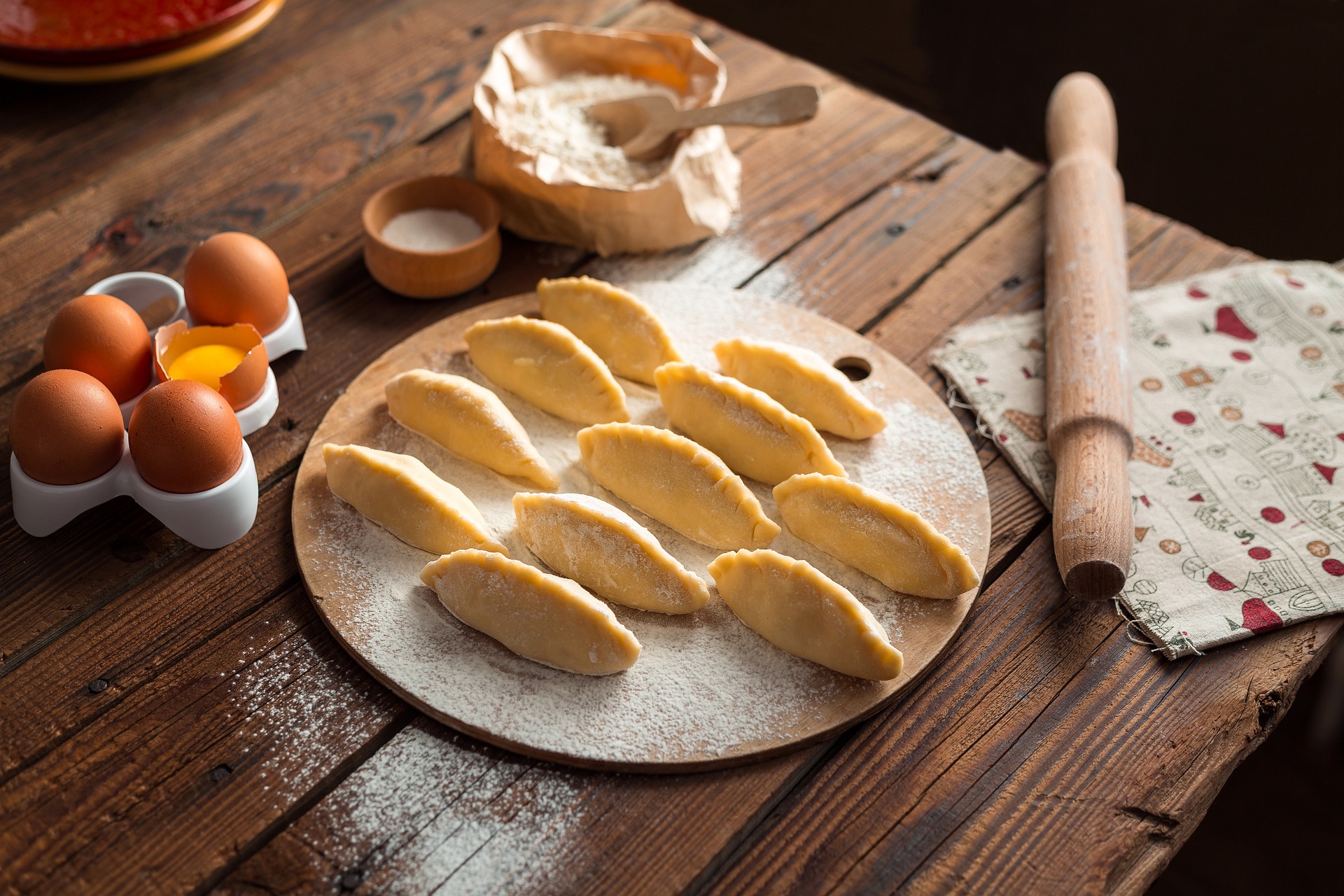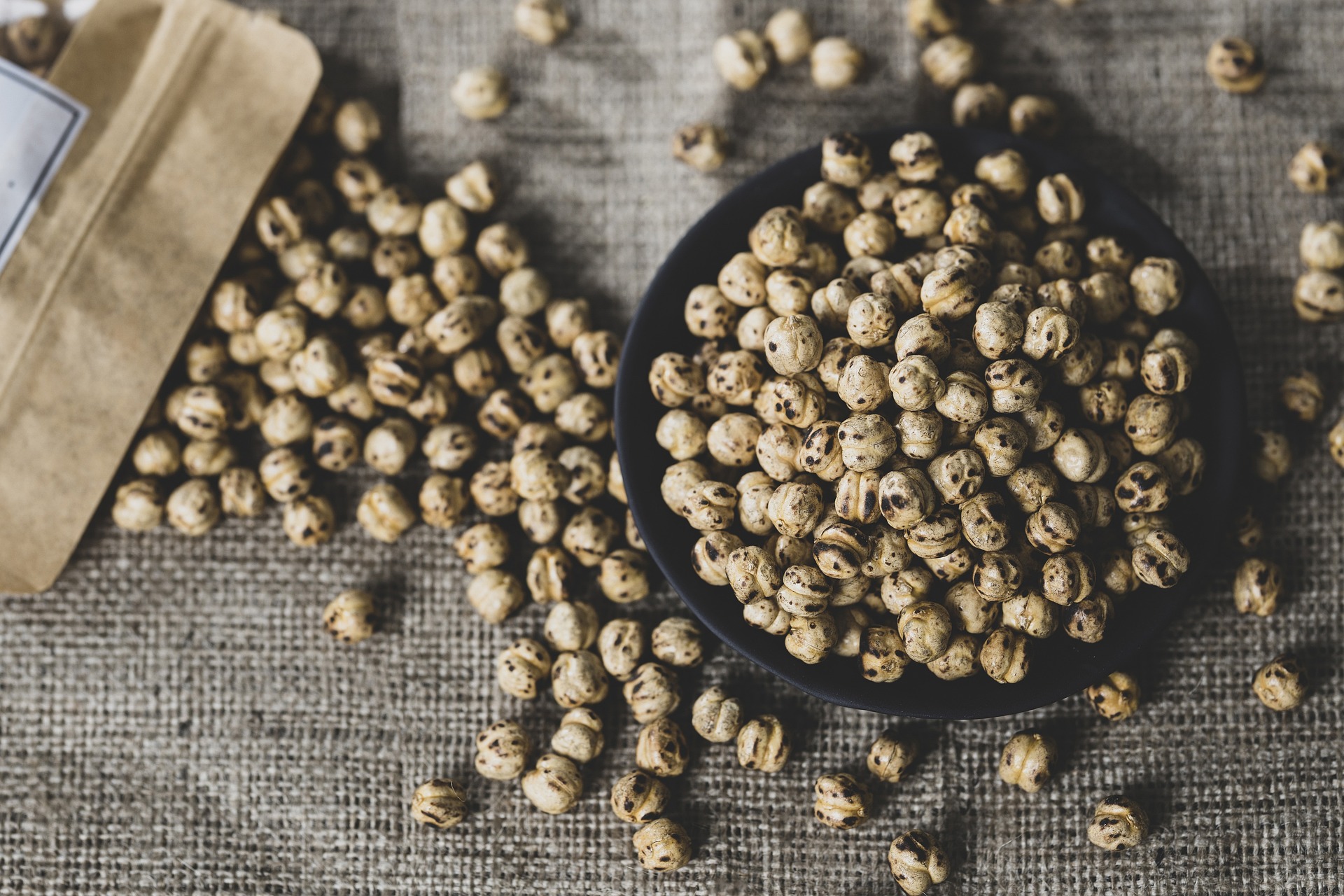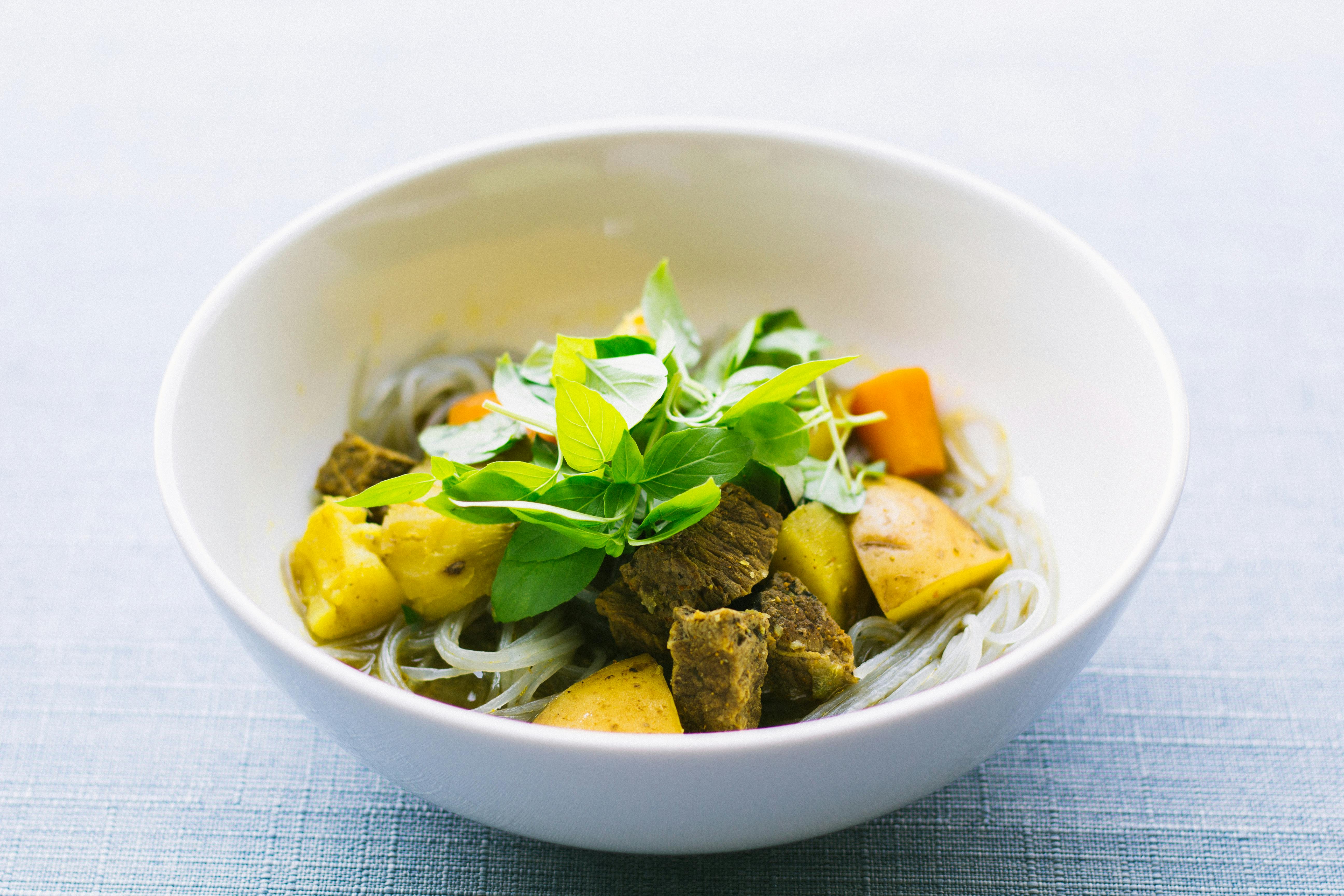An Ode to the Humble Dumpling: A Global Delicacy
Dumplings, with their delectable fillings and comforting doughy embrace, have found their way into the culinary hearts of many cultures. From the Italian gnocchi to the Chinese jiaozi, let's embark on a tantalizing journey to discover the innovation and diversity of this universal comfort food.

A Brief History of Dumplings
Dumplings are a universal concept, and their origins are muddled with folklore and speculation. Some claim they were invented in China during the Han Dynasty, while others argue they hail from Italy. Regardless of their origin, dumplings have evolved into a global phenomenon, with each culture adding its unique spin.
The Many Faces of Dumplings
The versatility of dumplings is truly astounding. In Italy, they are known as gnocchi, small soft dough balls often made from potato and served with a rich sauce. Over in Poland, they have pierogi, a semi-circular dumpling usually filled with cheese, meat, or fruit. China, on the other hand, is home to a multitude of dumplings such as jiaozi and xiaolongbao, each with a unique shape, filling, and cooking method.
The Art of Dumpling Making
Creating dumplings is an art form. It requires patience, precision, and creativity. The process often involves a communal gathering, where families or friends come together to make these delicious morsels. The dough is rolled out into small circles, filled, and then delicately sealed. The folding technique varies depending on the type of dumpling, adding an artistic flair to each bite.
The Modern Twist on Dumplings
While traditional dumplings continue to be a favorite, contemporary chefs are putting a modern twist on this humble dish. There are now vegan dumplings, gluten-free dumplings, and even dessert dumplings filled with sweet concoctions. The possibilities are endless, proving that dumplings are here to stay and continue to evolve.
The Cultural Significance of Dumplings
In many cultures, dumplings are more than just a tasty treat. They hold significant symbolic value, often representing prosperity, wealth, and good luck. During Chinese New Year, families gather to make dumplings as it is believed that the more dumplings you make, the more money you will make in the New Year.
-
Dumplings often have specific shapes that symbolize good luck and prosperity.
-
In Germany, dumplings, known as Klöße, are a staple during Christmas.
-
In Jewish tradition, matzo balls, a type of dumpling, are served during Passover.
-
In Korea, mandu dumplings are eaten during the lunar new year and other special occasions.
-
In Nepal, momo dumplings are a popular street food and a significant part of their local cuisine.
The Enduring Love for Dumplings
From their humble beginnings to their global popularity, dumplings have managed to capture the hearts and palates of food lovers everywhere. They are a testament to the power of simple ingredients, creativity, and cultural exchange. So, the next time you enjoy a dumpling, take a moment to appreciate the history, art, and diversity that have gone into making this universal comfort food.






